When it comes to creating custom signage, there are many options. Two of the better options are waterjet cutting and laser cutting. In this blog, we compare how waterjet cutting and laser cutting perform in their processes, appearances, and benefits, and give our recommendations for which one is better for your sign cutting project.
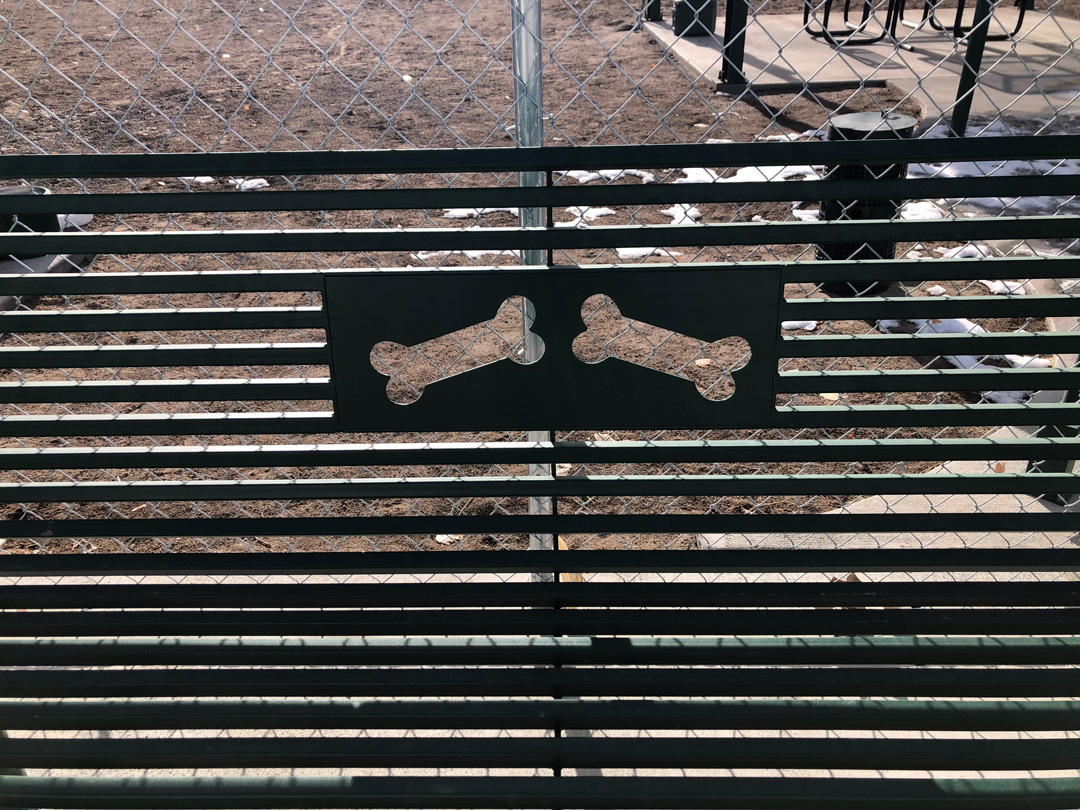
What Materials Can Be Waterjet Cut?
One of the benefits of waterjets is their ability to cut a huge variety of materials up to 6 inches thick. Laser cutting is possible on many materials, but not as many. Typically laser cutting works best with steel, stainless steel or aluminum.
What materials should not be cut with a laser cutter?
There are also dangers associated with laser cutting certain materials. For example, you cannot cut coated carbon fiber with a laser cutter. The coating releases toxic fumes when burned with the laser. These fumes can cause cancer and other lung complications. Another material to avoid laser cutting is ABS plastic. Acrylonitrile Butadiene Styrene (ABS) produces cyanide when cut with a laser. Breathing in cyanide is lethal. It also melts when cut with a laser. PVC also produces harmful chemicals when cut with a laser. You can review the list of dangerous materials here.
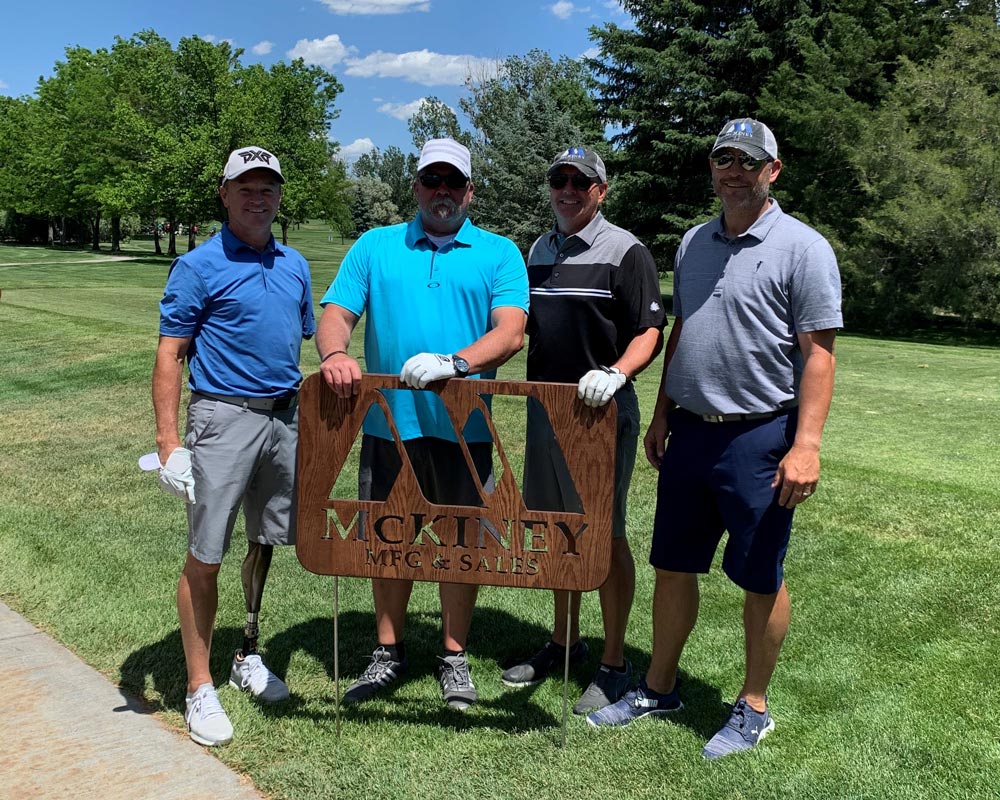
Waterjets can cut most materials including:
- Aluminum
- Corrugated
- Sheet Metal
- Stainless steel
- Steel
- Wood
- Rubber
- Foam
- Plastic
- Brass
- Copper
- Glass
- Granite
- Bronze
- Acrylic
- & more
Signs can be easily created out of these materials. Waterjets are excellent options for cutting steel signs as well. They are the top choice for cutting steels since, unlike laser cutting, they leave no burn marks. Waterjets are also able to cut many sizes of signs. The CNC technology allows for very intricate, custom designs to be cut from many materials up to 6 inches thick and some materials up to 24 inches thick. This is a major benefit compared to laser cutting, which is only feasible with materials up to 1 inch thick. The thicker the material, the more cost-effective the process becomes. Waterjets have a very narrow kerf meaning they can cut to tight tolerances, producing intricate designs.
There is a chance of material damage with either laser cutting or waterjet cutting. Laser cutting often causes burn marks and discoloration. Often, these marks can be removed by cleaning the cut sides, but sometimes not. This should be taken into consideration when deciding between laser cutting and waterjet cutting.
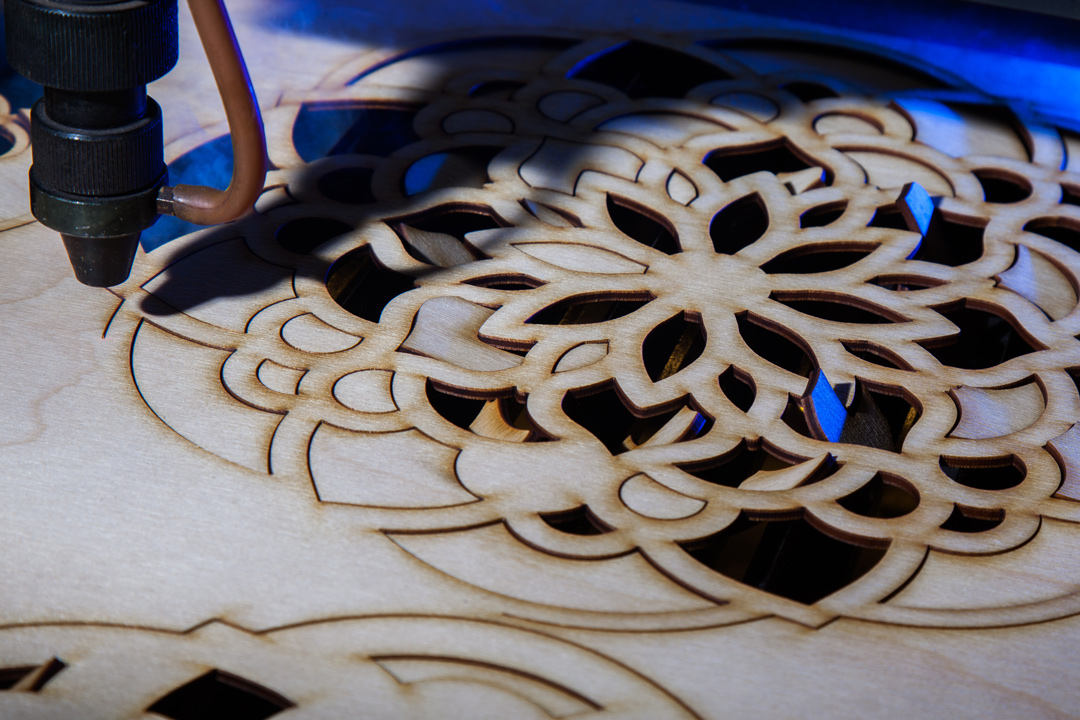
Since waterjet cutting doesn’t use heat, there is no risk of burn marks, however, distortion can sometimes occur with very small parts which cannot handle the high pressure. The solution to this is to consult a professional team. Our team at McKiney can help you achieve the final, flawless appearance you’re looking for.
Process & Effects of Waterjet Cutting
A waterjet machine cuts through material by aiming a high-pressure stream of water (50,000 PSI) plus an abrasive substance. The water + abrasive material is able to cut both semi-soft materials like rubber, foam, and wood as well as hard materials like aluminum and steel.
“At McKiney Manufacturing, we use OMAX abrasive waterjet technology to provide complex cutting of virtually any material. We offer low-volume prototypes to high-volume production runs. Our process allows us to utilize nesting programs to maximize production and minimize material waste…. Keep reading”
Waterjets operate using CNC technology which allows us to cut exactly according to your drawing/specs and avoid mistakes and imperfections that happen without CNC technology.
Because waterjets do not require the use of heat, they require no secondary finishing. Heat-based cutting options like laser cuttings cause some material to melt or burn. This is not an issue with waterjet cutting.
“Abrasive waterjet cutting does not generate heat. That means it can be used to cut various metals, as well as plastics and other materials, without melting, distorting, or warping. The method is capable of tolerances as close as ± 0.005″ (0.127 mm) if needed.” https://metalcutting.com/knowledge-center/waterjet-cutting-pros-and-cons/
Waterjets are also able to provide different edge qualities by varying the speed. When a faster speed is used, the process can be more efficient but less accurate. Slower speeds allow for a closer tolerance and better edge quality. This gives the customer the option of cost vs. edge quality and a very high-quality finished product is a possibility.
Waterjet cutting is a great option for yard signs, corporate signs, and other signage because they can create intricate, yet affordable designs in your material of choice.
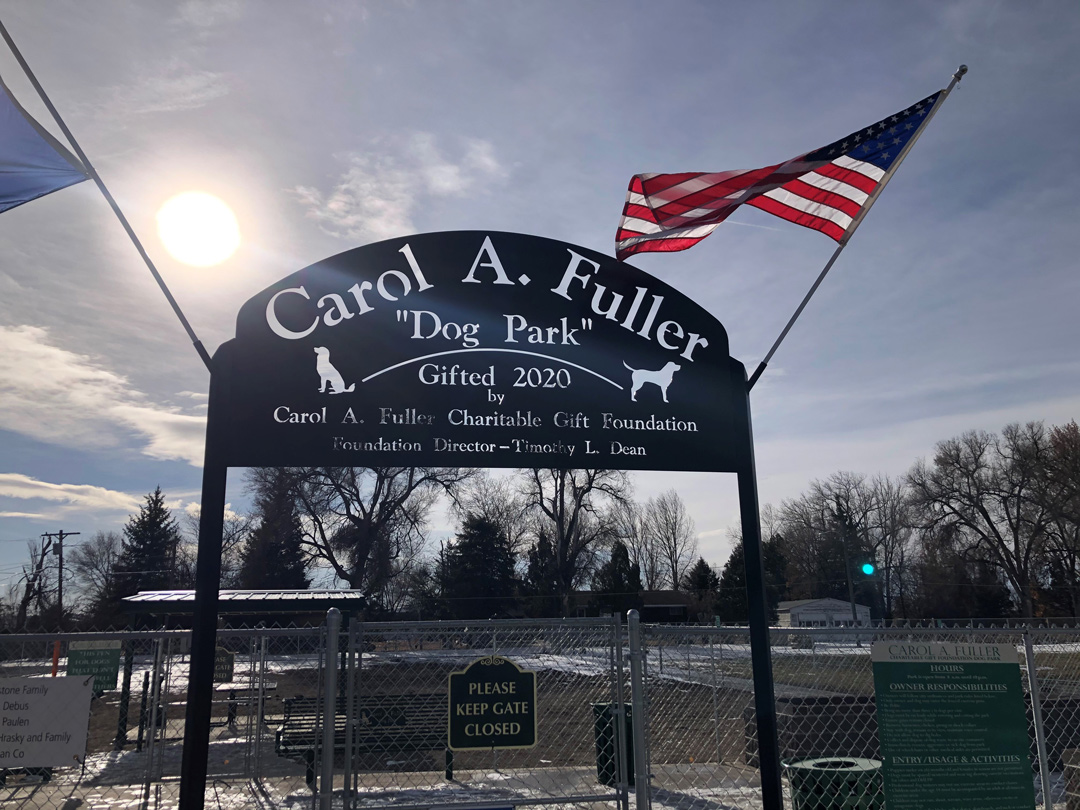
Final Product (Sign) Appearance
When creating a sign using a waterjet machine, the final product does not require secondary finishing. This is because there is no discoloration or heat damage. When cutting with a laser or other heat source, there is often melting or burning. Waterjets can create a very nice edge quality without warping.
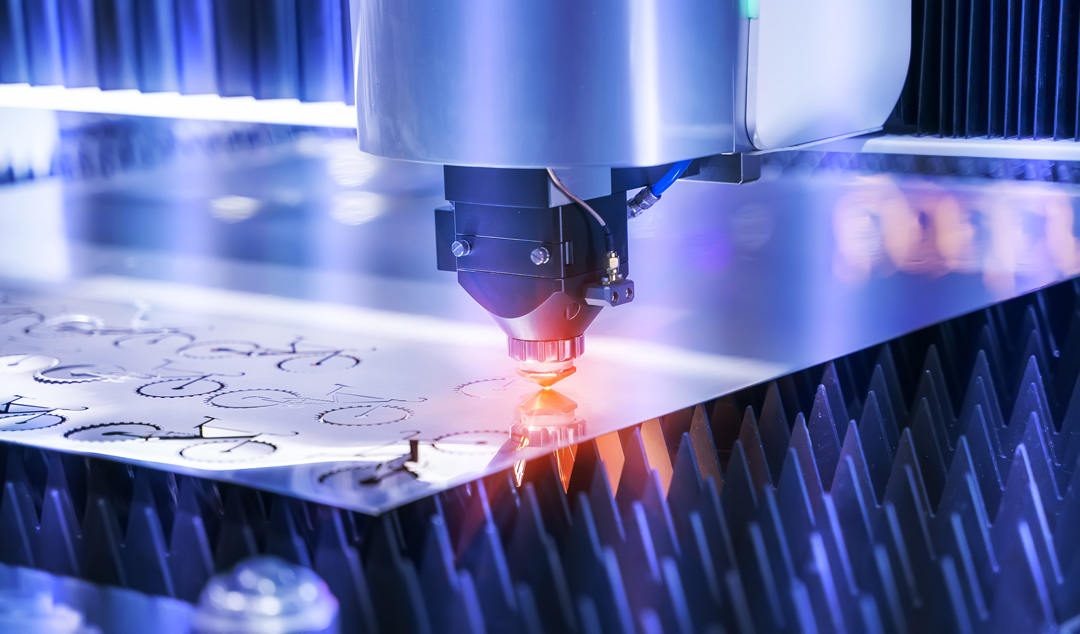
Waterjet vs. laser cutting
Waterjet cutting has many benefits when compared to laser cutting. Waterjet cutting is a safe, cost-effective, and highly-accurate method for cutting signage.
The benefits of cutting using a waterjet vs. laser cutting include the variety of materials waterjets can cut, the lack of heat-caused distortion and damage, no need for secondary finishing, no hazardous fumes or waste, and more.
Waterjets are able to cut pretty much any material for signage. The addition of the abrasive material allows waterjets to cut hard materials as well as soft. They can even cut some metals up to 6 inches thick. Waterjets are so accurate that the edge quality will be superb and will not require secondary finishing. This helps reduce cost and time.
